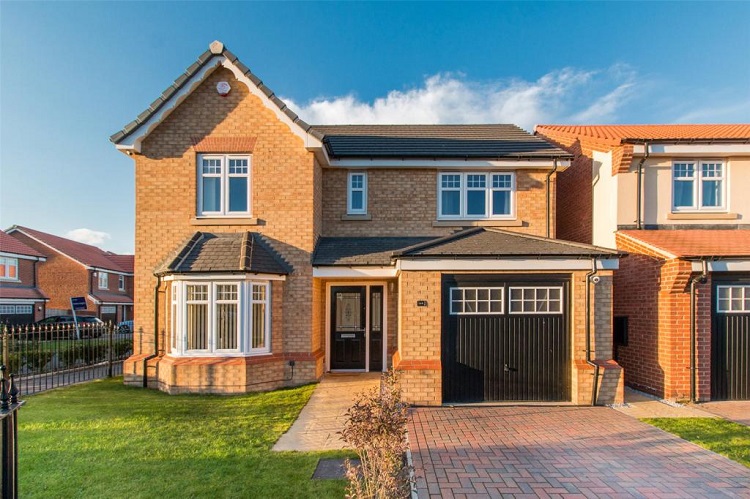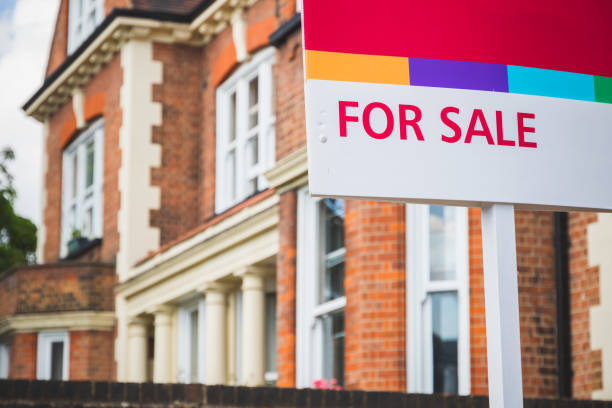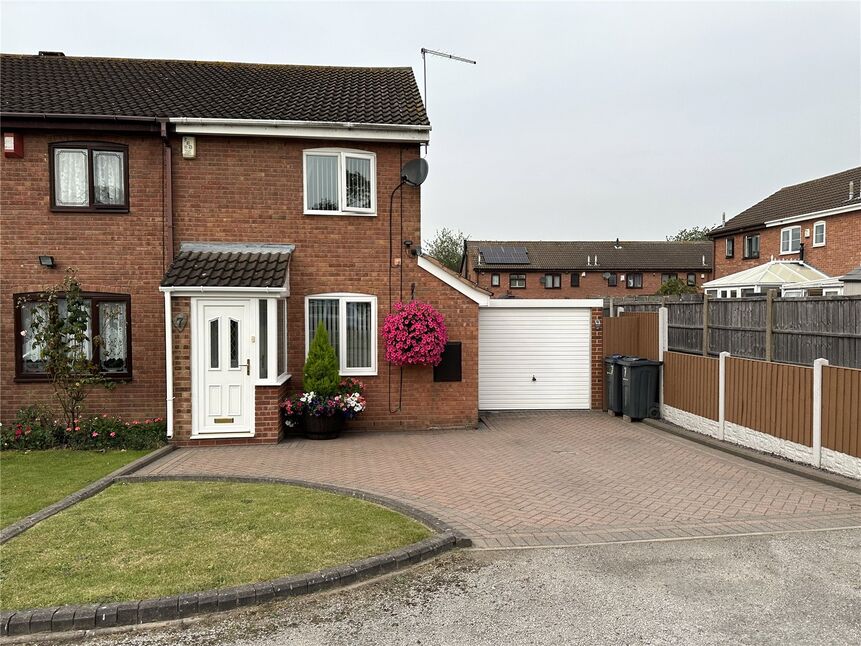Figuring out potential rental income isn’t just about guessing how much you could charge each month. It’s a mix of research, a bit of maths, and knowing the local property scene. It might sound like a dry process, but once you break it down, it’s not bad at all. You just need to know where to look and what to factor in.
Let’s say you’ve got your eye on a two-bed flat in a city centre. You’re thinking of buying it to rent out, but you don’t want to go in blind. Here’s how you’d go about calculating what it might earn you.
Start with Market Research
First thing you need to do is check what similar properties are being rented for. Use letting sites like Rightmove or Zoopla. Find properties in the same area, with the same number of bedrooms, roughly the same size, and in similar condition. It’s no use comparing a new-build penthouse to a 1960s maisonette, even if they’ve both got two bedrooms.
Make a list of at least five comparable listings. Let’s say the going rate is between £1,200 and £1,400 a month. If most of the listings sit around £1,300, use that as your estimated monthly rental income.
It’s also worth looking at how long these properties stay on the market. If they’re snapped up quickly, demand is likely strong. If they linger for weeks, you might need to budget for vacant periods.
Think About Gross Rental Yield
This is where the maths comes in, but nothing too painful. Gross rental yield gives you a rough idea of return, before any costs. It’s calculated like this:
Gross yield = (Annual rental income ÷ Property purchase price) × 100
So, if you’re charging £1,300 per month, your yearly rental income would be £15,600.
Let’s say the flat costs £260,000 to buy.
£15,600 ÷ £260,000 × 100 = 6%
A 6% gross yield is fairly typical in many areas. Higher-yield areas do exist, but they often come with trade-offs; like lower property values or less reliable tenants. Again, do your local homework.
Don’t Forget Ongoing Costs
Here’s where a lot of people go wrong. They forget that rental income isn’t just money straight into your pocket. You’ve got expenses, and you need to factor those in to work out the net rental income.
Some of the common costs to account for:
- Letting agent fees: Usually 8–15% of monthly rent if you’re not managing the property yourself.
- Maintenance and repairs: Budget at least 5–10% of annual rent. Older properties might need more.
- Landlord insurance: This isn’t the same as standard home insurance. Expect to pay more, depending on the cover.
- Mortgage interest: If you’re buying with a buy-to-let mortgage, the interest can take a big chunk out of your profit.
- Void periods: Times when the property is empty. Even one month per year can affect income.
- Ground rent and service charges: If it’s a leasehold flat, these can add up.
Here’s a quick example. Let’s say your monthly rent is £1,300, but you pay:
- £130 to the letting agent (10%)
- £50 into a maintenance fund
- £30 for insurance
- £200 in mortgage interest
- £80 in service charges
That’s £490 in monthly costs, leaving £810 before tax.
Factor in Tax
Tax rules can get a bit messy, but you can’t ignore them. You’ll pay income tax on your rental profits. If you’re in the basic rate bracket (20%), and your net annual income from rent is, say, £9,720 (that’s £810 x 12), you’ll owe around £1,944.
But it’s not quite that straightforward anymore. The way mortgage interest relief works has changed, and you now get a 20% tax credit instead of deducting mortgage interest from your profits. It’s worth speaking to a tax adviser, especially if you own or plan to own multiple properties.
Estimate Voids and Rent Changes
Rental income doesn’t stay static forever. You might increase rent over time, but also, there’ll be months when the place is empty. Most landlords plan for one month void per year. If your rent is £1,300 a month, that’s £1,300 lost.
And what if rent drops? In uncertain markets, rent can go down. While it’s not common, it does happen. If you’re on a tight margin, even a small dip might hurt.
Planning for these fluctuations gives you a more realistic figure. Maybe knock 8% off your annual rent to build in some breathing room.
Think About Long-Term Value
Rental income is just one side of the coin. There’s also the long-term potential of the property’s value increasing. While you can’t rely on capital growth, it’s something to keep in mind. You might buy a flat that makes a modest monthly profit but sells in ten years for a much higher price.
Still, don’t count on that alone. Your rental figures should stand up even without a big future sale.
Consider Furnishing Costs
This catches a lot of first-time landlords out. If you plan to rent the place furnished, there’s an upfront cost. A decent furniture package for a two-bed flat might set you back £3,000 to £5,000.
You won’t replace everything every year, but expect wear and tear. Budgeting to refresh or replace furniture every few years keeps your place appealing and reduces the chance of it sitting empty.
Use a Spreadsheet (Seriously)
Grab a basic spreadsheet and plug in all your figures. Monthly rent, all your costs, expected voids, tax, you’ll be able to see exactly what your net income looks like. Update it as you get quotes, or as the market shifts.


